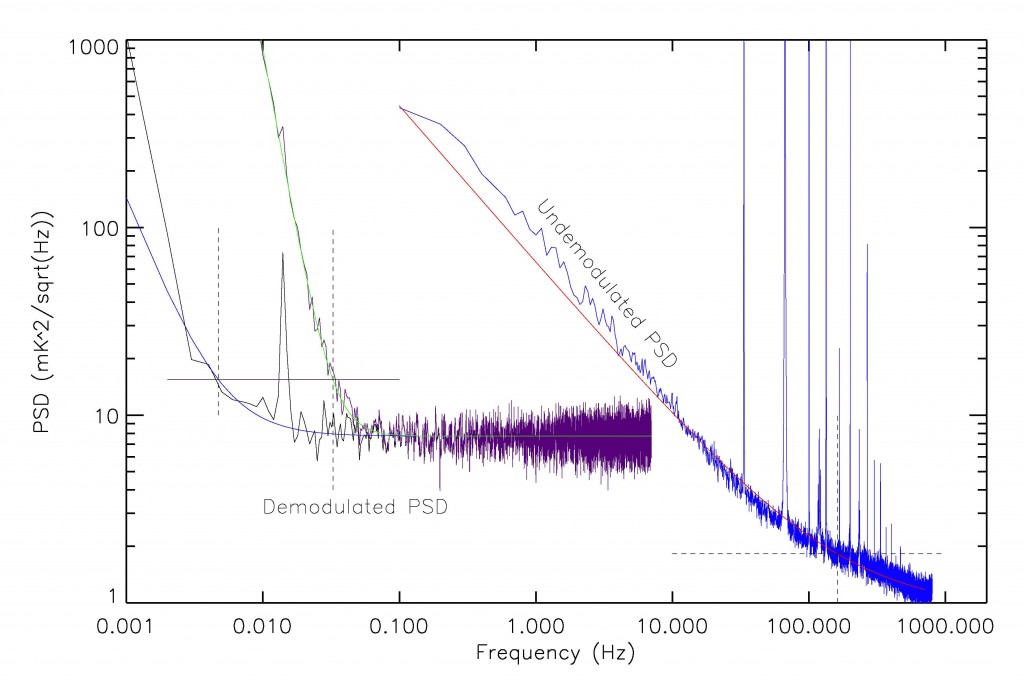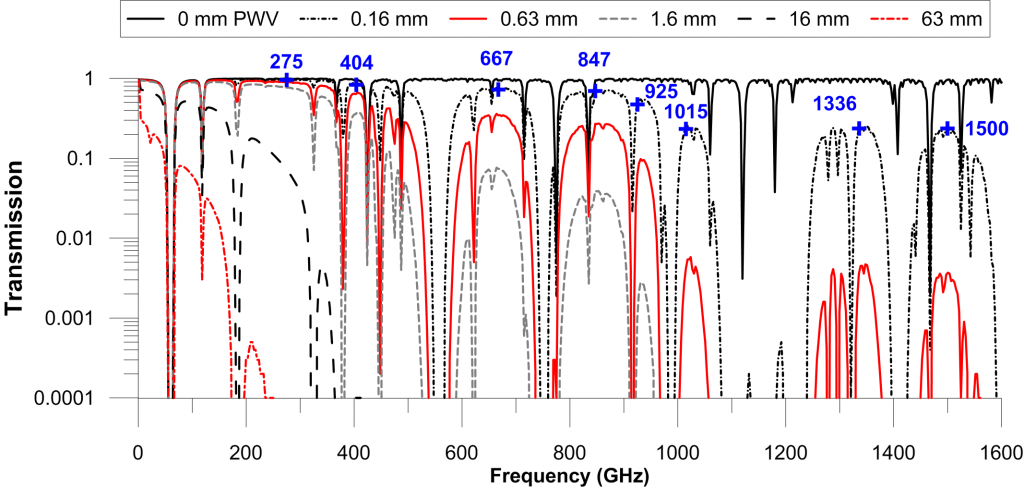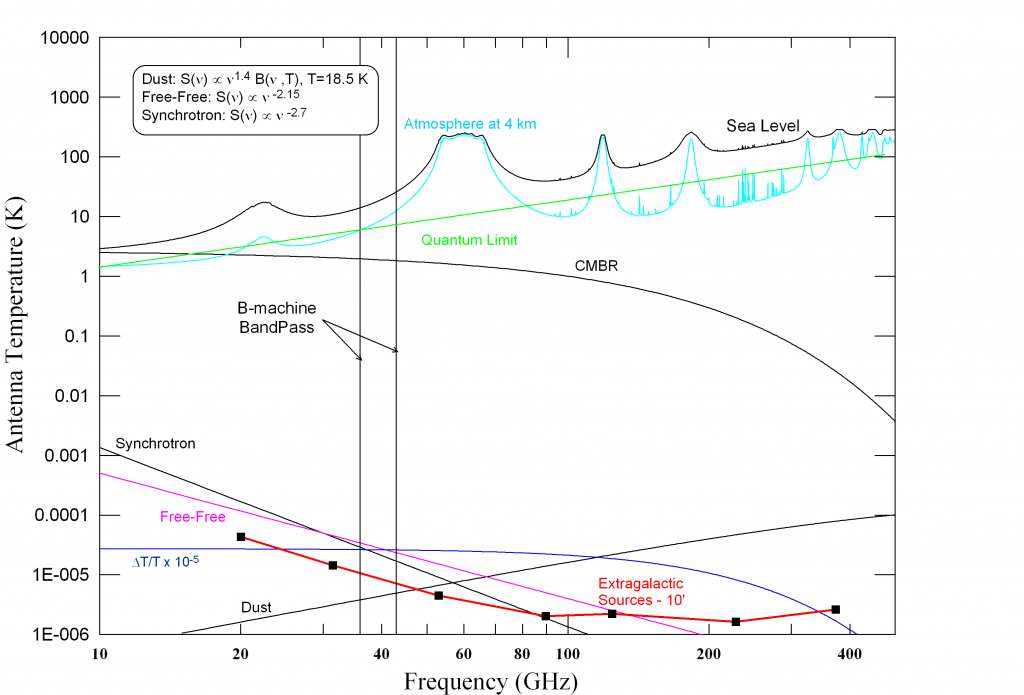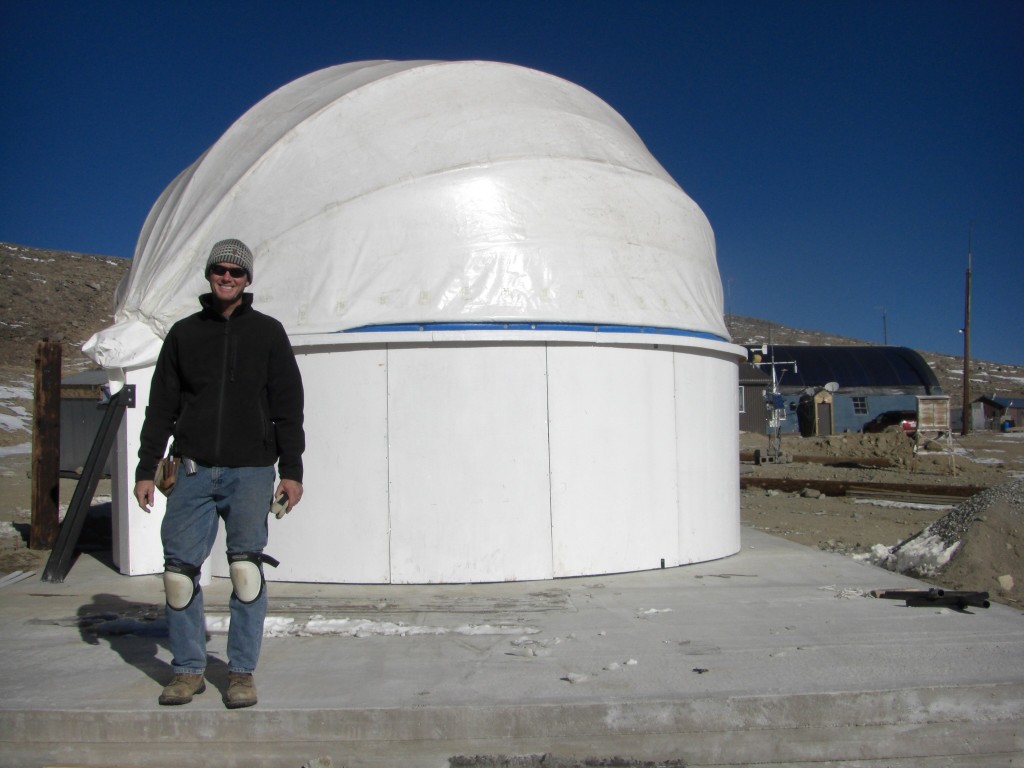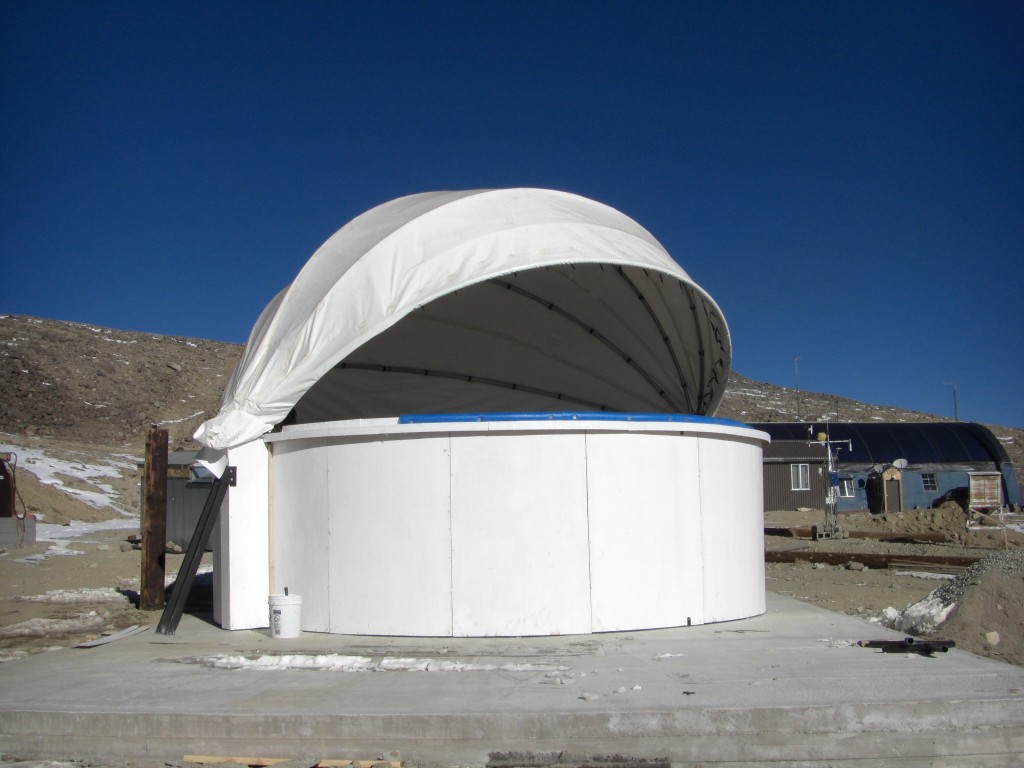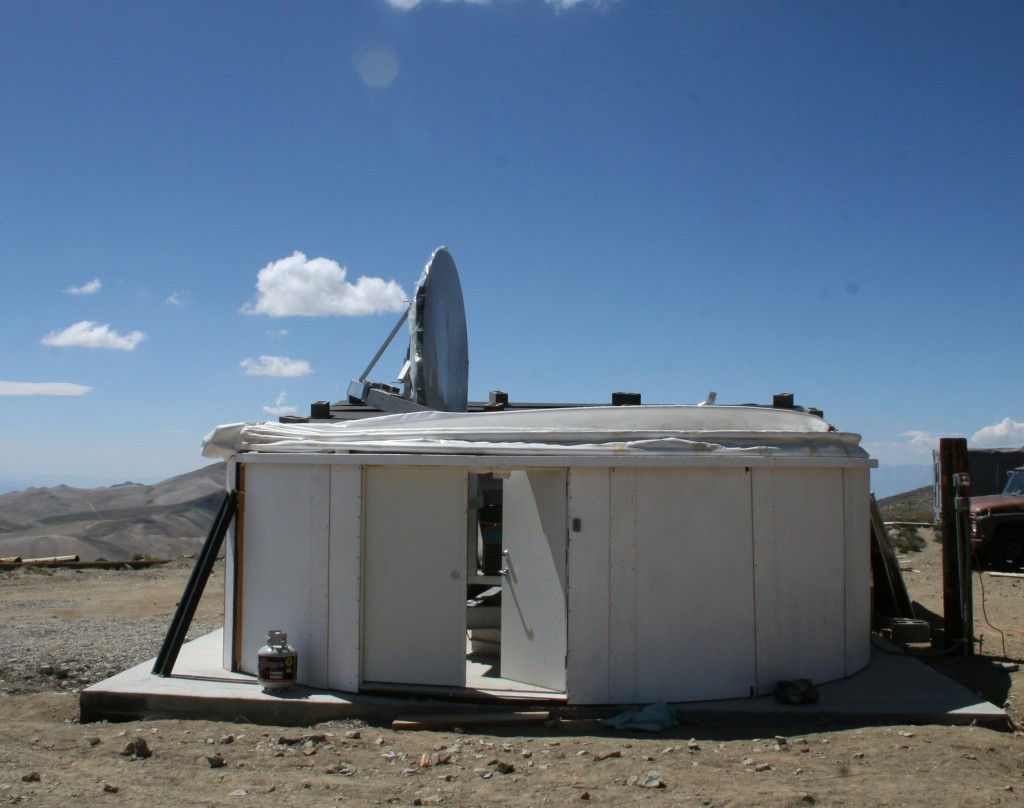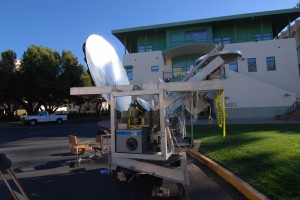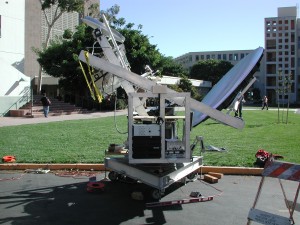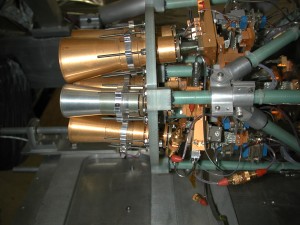- Home
- Classes
- Physics 150 – Nuclear Weapons – Physics, Policy, Proliferation – Fall 2025
- Physics 134 – Observational Astrophysics – Fall 2025
- Astro 1 Spring 2024
- INT 86TN Planetary Defense – Spring 2024
- Symmetry & Aesthetics in Contemporary Physics
- INT 184 – PL Interdisciplinary Honors Seminar – Weapons of Mass Destruction – Spring 2013
- Physics 150 – Modern Design and Fab – Fall 2019
- Physics 4 – Winter 2023
- Physics 141 – Optics – Spring 2019
- Physics 145L – Astrophysics Research
- Physics 199 – Independent Research
- Projects
- Interdisciplinary Center for Interstellar Exploration (iC)
- NASA Watts on the Moon
- Extrasolar Travelers
- CMB-S4 – Ground Based CMB Cosmology Program
- Wafer Scale Spacecraft
- PI-Multimodal Planetary Defense
- Lunar Rover Project
- DE-STAR
- Starlight
- GreenPol – CMB Cosmology
- PLANCK
- Starshot
- SETI
- Small Projects
- Previous Projects
- Facilities
- People
- Net
- Outreach
- Media Links
- NASA Space Grant Student Scholarships
- Bright Stars – VoH
- ARC – Undergraduate Aerospace Research Coop
- POINT – Undergraduate Physics Organization for Innovation and Technology
- All Sky Camera Project
- Education and Public Outreach
- Gaucho Rocket Project
- Undergrad Research Opportunities
- The Space Race
- Misc
- Papers
B-Machine
The B-Machine program is a program to measure approximately 50% of the sky from the UCSB mm wave observatory at the Barcroft facility at White Mountain at wavelength longer than 3mm. This site is one of the best sites in the continental US with an altitude of 4km and is comparable to Mauna Kea in terms of atmospheric emission as discussed in Marvil et al 2005. The survey was intended to be the start of a number of surveys using our 2.2 meter diameter CFRP telescopes developed for the BEAST balloon program, which also observed at White Mountain after the flights. To date three 2.2 m telescopes have been deployed at the facility including WMPOL, BEAST and B-Machine. Brian Williams PhD thesis (2010) discusses the details of the experiment as well as the data obtained. B-Machine uses a rapidly rotating 1/2 waveplate at the common focus of the primary and secondary optical elements of the off axis Gregorian telescope to mitigate the 1/f of the detectors as the atmosphere. The system has a remarkably low 1/f knee on the sky of below 0.005 Hz and is the most stable of any CMB experiment including the orbital missions (COBE, WMAP and Planck) . This is remarkable given that B-Machine typically observes with a 90 degree “opening angle”. While there are stripping effects in the final maps (as there are in all missions) these stripes can be greatly reduced by destriping algorithms as discussed in Zonca et al 2014. B-Machine was proposed for deployment at the South Pole but the NSF felt that BiCEP (also proposed at the same time) would not need the complimentary lower frequency data of B-Machine. The recent BiCEP and Planck results have shown this is incorrect and that dust at higher frequencies (>100 GHz) is a very serious issue for deep polarization surveys and that low frequency data (such as B-Machine) whose foregrounds are dominated not by dust but by synchrotron emission are also needed. The advantage of surveys below 100 GHz is that the atmosphere is transparent (except near the O2 cluster near 60 GHz) all the way down to the ionosphere cutoff while higher frequencies (above 100 GHz) are severely limited by the atmosphere making deep measurements above 100 GHz extremely difficult and thus requiring a space mission to properly measure the dust spectrum. The extremely low emission of the atmosphere below 100 GHz allows for a very large “lever arm” on to be applied to determining the synchrotron background. This same technique is NOT available to higher frequency measurements limited by dust foregrounds.
The atmospheric emission and fundamental limits of detection in the far IR and mm bands on a global basis for all ground based sites in discussed in Denny et al 2013 and Suen et al 2014 and 2015.
The transparency of the atmosphere is summarized below (from Suen et al 2014) and shows that below 100 GHz the atmosphere is extremely transparent (except near 60 GHz).
The site survey with PWV and other distributions is given in Marvil et al 2005 and shows a PWV (precipitable water vapor) 25% quartile of 1.15 mm and a 50% quartile of 1.75 mm and a mean of 1.6 mm. The curve below for 1.6 mm is the mean for our site. Having observed at the South Pole, at White Mountain, from the roof of UCSB, from balloons and from two orbital platforms the questions of “what is the best site” and “what is a good enough site” become important.
Santa Barbara, Princeton and Caltech are not as good an oberving site as OVRO which is not as good as the CARMA site which is not as good as White Mountain is not as good as Greenland and Chile which are not as good as the South Pole which is not as good as Dome A which is not as good as being on a balloon which is not as good as being in LEO which is not as good as being at L2 which is not as good as an extra solar mission which is not as good as an extra galactic mission (not a current possibility) etc – the critical question is what is “good enough” to get the science done. If one looks at SPT and ACT it is important to ask what is necessary vs what is sufficient. While funding agency considerations often dictate observing sites this is often not the most efficient use of public funding. Going to the “best site (there is no such site)” means going to the most expensive site which limits what can be done with a limited amount of funding which ultimately harms the whole field.
B-Machine thesis (Williams 2010):
Brian Williams – B Machine thesis – 2010 – dissertation
Comparison of all ground based sites (Suen et al 2014):
White Mountain Site Survey – Marvil et al 2005:
Marvil et al 2005 – New Astronomy – White Mountain – Astronomical Site Survey
Fundamenal Limits of Detection in the far IR – Denny et al 2013 – New Astronomy:
Fundamenal Limits of Detection in the far IR – Denny et al 2013 – New Astronomy
Destriping B-Machine maps – Zonca et al 2013:
Destriping B-Machine Maps – Zonca et al 2013 – New Astronomy
Power spectral density (PSD) from UCSB mm wave observatory at Barcroft station, White Mountain Research Station of data taken on the sky with the telescope rotating (scanning). The intersection between the dashed lines show the 140 Hz, 32.6 mHz and the 4.7 mHz 1/f knee frequencies for undemodulated, demodulated, and demodulated with linear fit removal PSD. The spikes in the undemodulated data are understood and from the rotation of the polarization modulator and assorted beat frequencies:
Placement of B-Machine bands relative to synchrotron, dust and atmospheric emission at sea level and 4 km (White Mountain) are shown. Quantum limit for phase preserving detectors such as the B-Machine HEMTS as well as CMB flux. All are given in antenna or flux temperature.
A unique automated dome was designed and built at UCSB for B-Machine. This dome opens like a clam shell and allow complete and continuous rotation for large area sky surveys and allows work on the instrument during inclement weather.
The B-Machine telescope pictured prior to deployment to White Mountain next to the UCSB Physics building. B-Machine is a CMB polarimeter operating in a 20% bandwidth centered near 40 GHz. It was installed at the WMRS Barcroft facility in August, 2008, and surveyed a large part (>50%) of the sky for 3 months. The system is a prototype for a future array of telescopes using the same techniques. Data from this telescope were analyzed in Brian Williams thesis to assess the feasibility of measuring CMB polarization on the largest angular scales with a ground based instrument. Essentially no atmospheric limit was measured on clear days (~ 50% of the total time). This prototype uses available optics and detector elements from the BEAST system, with a custom mount, servo system, data acquisition system and unique rotating Reflection Half Wave Plate.
